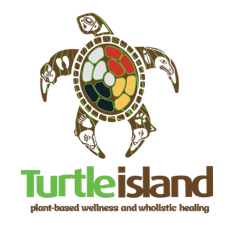In last week's article, I discussed the ineffective Nutrition North Subsidy Program and how it has failed to solve the Northern Food Crisis
Welcome back!
Next up – our vision and mission.
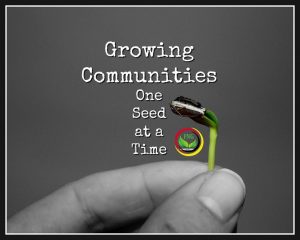
VISION
The vision of First Nation Growers is to empower Indigenous communities with an opportunity to grow year-round fresh produce, fruit, herbs and traditional medicines from within our own communities, improving health, well-being, and social development in providing affordable, natural, nutritionally rich, fresh food streams for Generations to follow.
MISSION
The mission of First Nation Growers is to empower Indigenous communities, their members and their member’s children toward a healthier lifestyle in advancing a natural, nutritious, fresh foods diet. This in turn will provide each and every First Nation & Inuit community with a financially viable, opportunity to grow their own produce and other natural fresh foods for 7 Generations.
First Nations Growers is committed to improving the overall social development and well-being of Indigenous and Inuit Peoples through improving daily, year-round, healthy diets by providing continual access to affordable, fresh foods in every indigenous community where possible, that in turn will help unlock peoples’ true potential toward positive social development through better health through improved daily nutrition. First Nation Growers is a proponent of Aboriginal self-government as an important key to liberating the overall social development, economic, education, political, and well-being of First Nation and Inuit peoples across Canada.
We believe that the social development, values and well-being of Indigenous Peoples can be dramatically improved through dietary education that includes the regular consumption of fresh produce foods.
 The social conditions of Aboriginal Peoples in Canada vary greatly according to place of residence, income level, family health and daily nutrition, cultural factors and Aboriginal classification (First Nations, Métis and Inuit). Areas of particular social concern include housing, employment, education, justice, health and nutrition, and family and cultural growth.
The social conditions of Aboriginal Peoples in Canada vary greatly according to place of residence, income level, family health and daily nutrition, cultural factors and Aboriginal classification (First Nations, Métis and Inuit). Areas of particular social concern include housing, employment, education, justice, health and nutrition, and family and cultural growth.
The federal Department of Aboriginal Affairs and Northern Development Canada (AAND) is responsible and provides funding for nearly all the social programs and services to the registered Aboriginal population — First Nations people registered with status under the Indian Act and the Inuit.
In many contemporary northern communities, foods like fresh produce, fruit, vegetables, and milk must be transported long distances. This results in high costs, limited availability and poor quality of the fresh foods themselves. Natural produce and other fresh foods is mitigated by the availability of “country food” — wild foods like seal, caribou, duck, whale, and fish. A 2005 report found that 68 per cent of Inuk adults in Inuit Nunangat harvested country food.
Country food remains an important food source for many Inuit, with 65 per cent of households getting at least half their meat and fish from country food, and approximately 80 per cent of Inuit Nunangat families sharing country food with people in other households. The communal activities of harvesting, processing, distributing and preparing the foods emphasizes a traditional culture of cooperation.
Indigenous, Inuit, Aboriginal Peoples and other more remote non-Native Canadian communities are being deprived of fresh produce that is unreasonably priced, poor in quality and their communities and their members and their children are suffering a lack daily nutrition.
That’s all for Part Two. Please join me next week for Part Three, our “The Solution”.

Dawn Tabobondung is a proud member of Wasauksing First Nation and the Chief Executive Officer of First Nation Growers. First Nations Growers builds indoor “Community Garden Market Farms” that provide Indigenous & Inuit communities with a financially viable, year round opportunity to grow their own nutritionally rich fresh produce and foods. Be sure to follow First Nation Growers on Facebook.
“Indigenous indoor fresh foods farming today for a healthy tomorrow”
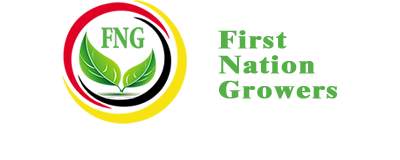

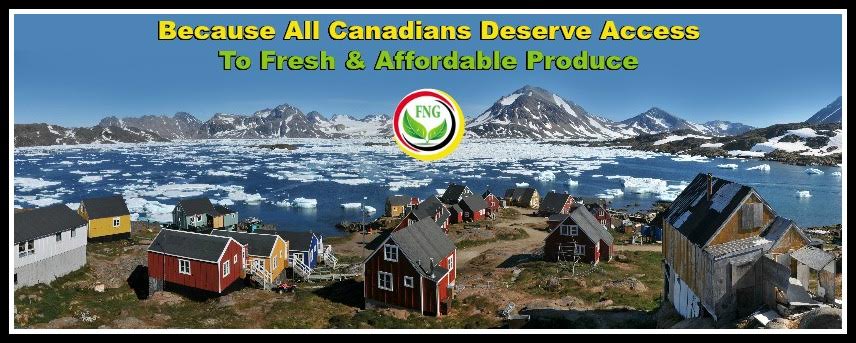

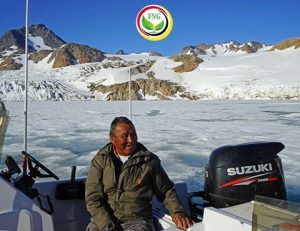 The NNC is a government program that is supposed to subsidize the high costs of transporting food to remote communities. I’ve been told repeatedly – by the people suffering the most – that the Subsidy Program simply doesn’t work well, has not for years and needs radical change in order to work properly for our most remote Indigenous communities.
The NNC is a government program that is supposed to subsidize the high costs of transporting food to remote communities. I’ve been told repeatedly – by the people suffering the most – that the Subsidy Program simply doesn’t work well, has not for years and needs radical change in order to work properly for our most remote Indigenous communities.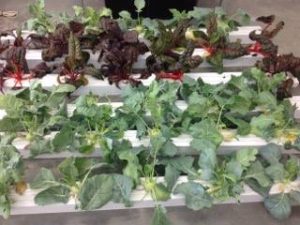 At First Nation Growers, we take great pride in being a friend of the Anishinabek, helping other communities where we can. Our mission is to work directly with various First Nation leaders so their communities can produce their own year-round fresh produce and other natural foods locally. FNG, along with our Canadian Manufacturing Partners, are so very proud our progress toward our goal of helping provide better year round nutritional streams to our most remote Indigenous communities across Canada.
At First Nation Growers, we take great pride in being a friend of the Anishinabek, helping other communities where we can. Our mission is to work directly with various First Nation leaders so their communities can produce their own year-round fresh produce and other natural foods locally. FNG, along with our Canadian Manufacturing Partners, are so very proud our progress toward our goal of helping provide better year round nutritional streams to our most remote Indigenous communities across Canada.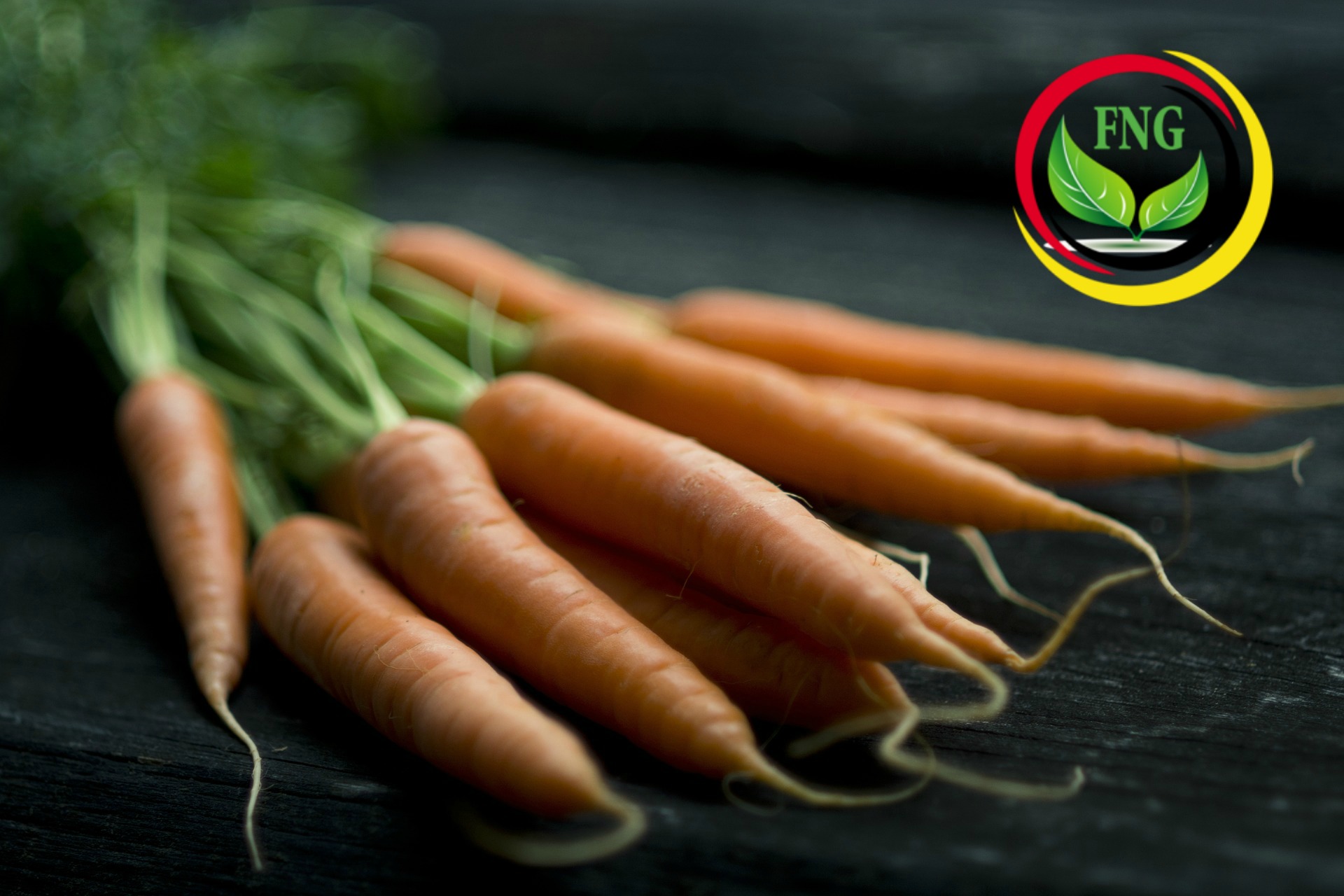
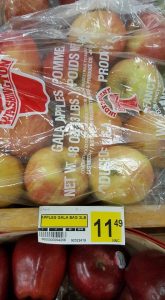
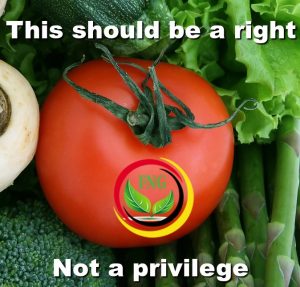 at prices all can afford.
at prices all can afford.